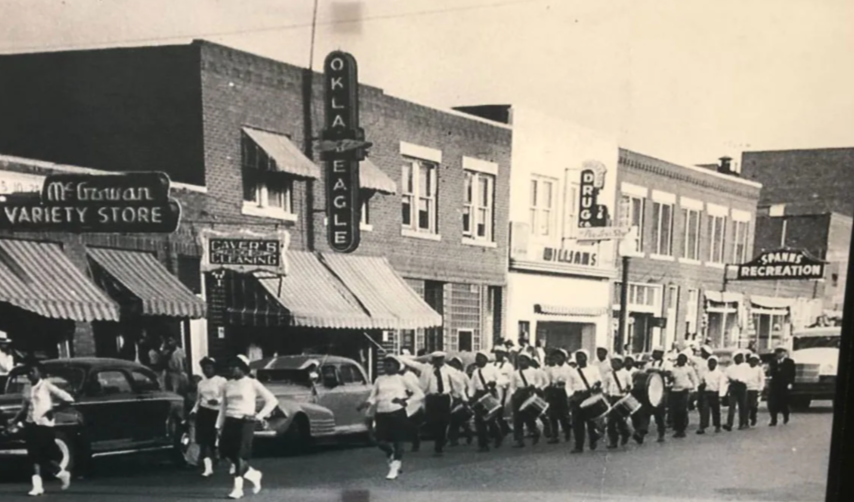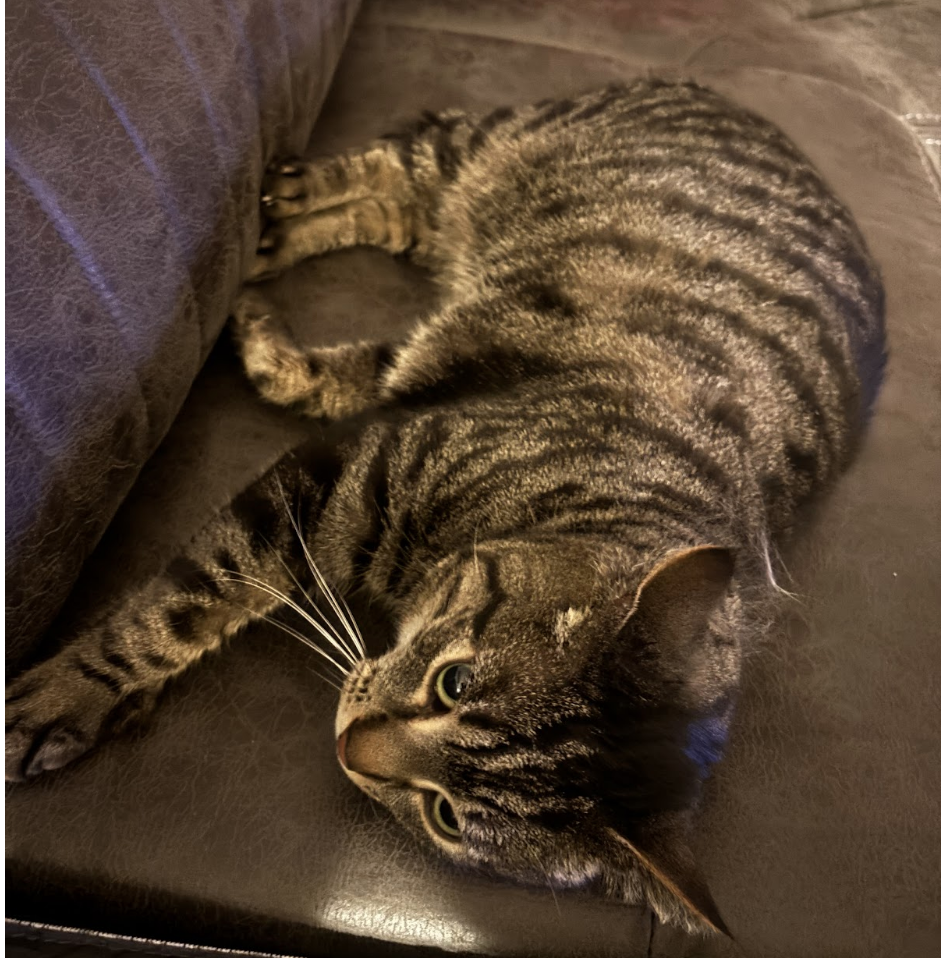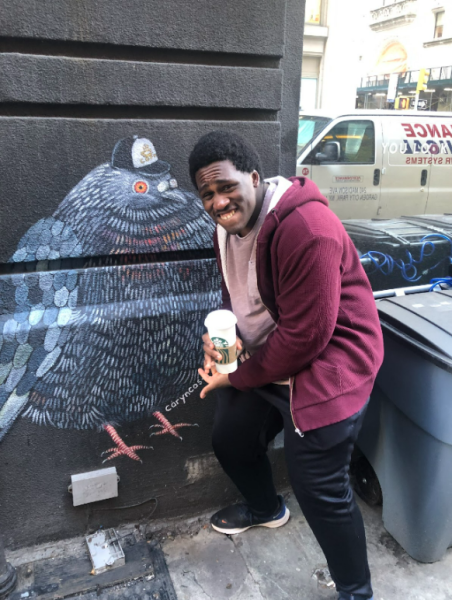In Tulsa, Oklahoma, lies the Greenwood District—a small, modest community that was once home to both Black and white residents. But in the early 1900s, it earned the nickname “Black Wall Street,” becoming one of the most prominent examples of Black entrepreneurship in America. It was a place where Black families and business owners thrived, only to be torn down by the jealousy and violence of white mobs.
Many Greenwood residents originally worked for white employers and were often mistreated by white-owned businesses. In response, they began creating their own—building a self-sustaining economy filled with Black-owned shops, services, and institutions that catered to their community. This created a cycle of reinvestment and pride within Greenwood.
Despite the era of Jim Crow and widespread racism, Greenwood became a beacon of Black success. With a population of around 10,000, the neighborhood was thriving—full of commerce, ambition, and cultural life. Some residents, like J.W. Thompson, amassed significant wealth—Thompson was worth $500,000 at the time (equivalent to nearly $9 million today). Many others were worth around $100,000, or about $1.7 million in today’s dollars.
The community’s incredible growth led civil rights historian Eddie Faye Gates to call it “The Negro Wall Street of America,” a title that eventually evolved into “Black Wall Street.”
Unfortunately, its prosperity was violently cut short. In 1920, a young Black man named Dick Rowland was accused of assaulting a white woman named Sarah Page in an elevator. The Tulsa Tribune published a headline reading “Nab Negro for Attacking Girl in an Elevator,” which fueled white outrage. A mob of white residents gathered outside the courthouse where Rowland was held, only to be met by a group of Black residents trying to protect him. Tensions exploded into violence, leaving more than 800 people injured and as many as 300 dead.
Greenwood was looted and burned to the ground. That night, 6,000 Black residents were arrested. In the aftermath, the mayor formed a Reconstruction Committee that re-zoned the district for industrial use, effectively ending the possibility of rebuilding Black Wall Street as it once was.
Today, Greenwood is a small, mixed community—but its legacy remains. The history of both Black prosperity and racist violence lingers in its streets and in the memory of what once stood.
Sources:
1921 Tulsa Race Massacre – Tulsa Historical Society & Museum
The Devastation of Black Wall Street – JSTOR Daily
Black Wall Street | Tulsa Library
Causes and Catalysts: Local Factors | Oklahoma Historical Society








